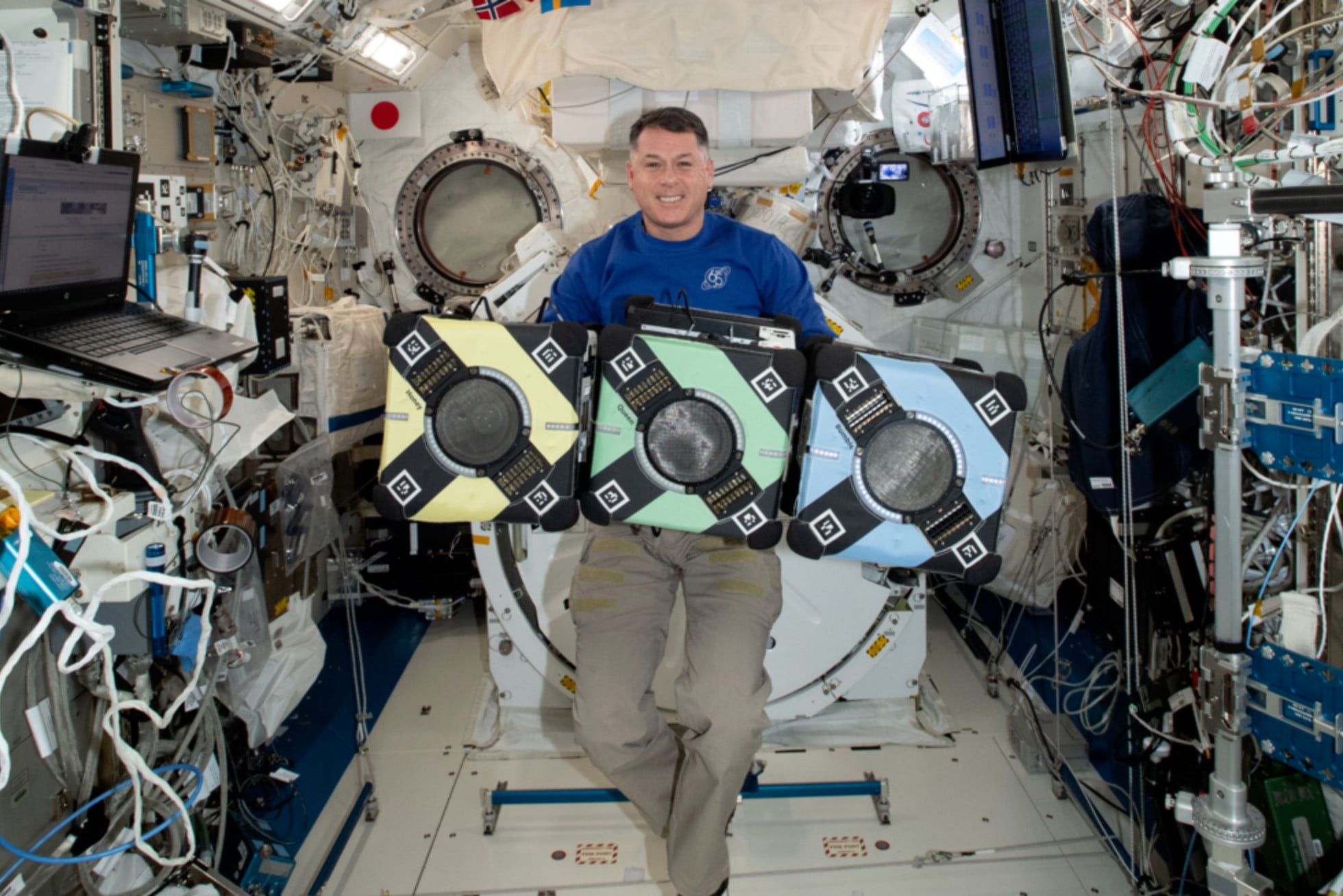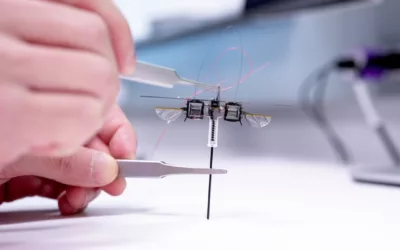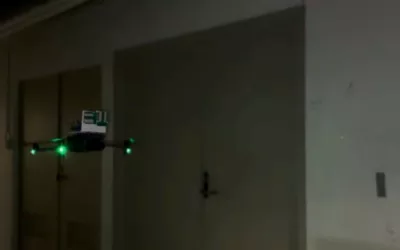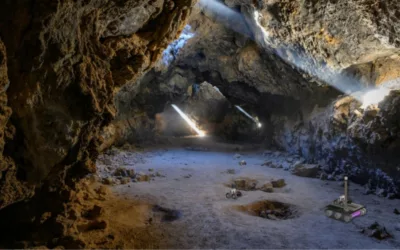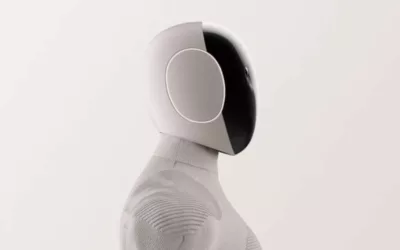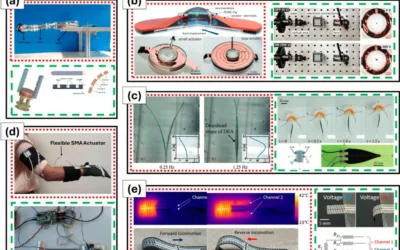NASA celebrates three years of Astrobees on the space station, a trio of innovative robots designed to revolutionize space exploration. These free-flying robots, Honey, Bumble, and Queen, were launched at the International Space Station (ISS) to pave the way for the future of robotics and autonomous systems in space. As NASA gears up for the Artemis mission to return humans to the Moon and beyond to Mars, the indispensable role of these Astrobees becomes increasingly apparent.
Collaborating with Humans for a Brighter Future
At NASA’s Ames Research Center in California’s Silicon Valley, the Astrobee Facilities Project Manager, Jose Benavides, emphasizes the importance of collaborative efforts between humans and robotic systems in space. Just like robots in science fiction stories, the Astrobees are here to prove that powerful science and engineering beyond Earth can be achieved through human-robot collaboration.
Achievements and Capabilities
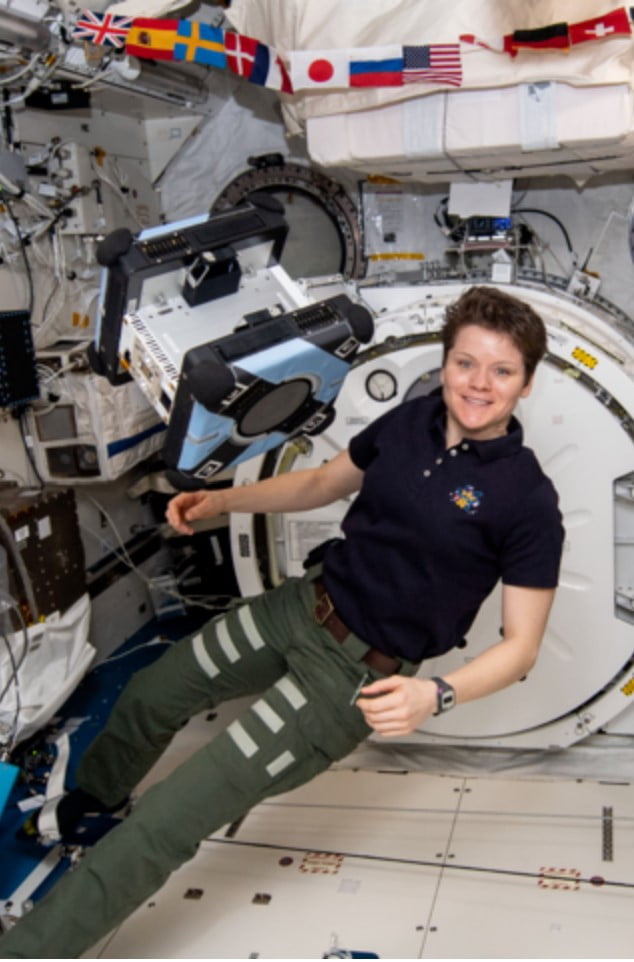
Since their launch, the Astrobees have been busy bees, completing over 100 activities and operating for more than 750 hours on the ISS. They autonomously detect anomalies during simulations and connect with station subsystems independently. Equipped with electric fans for microgravity flight, cameras, sensors, and versatile arms, the Astrobees are smart and reliable enough to handle maintenance tasks, allowing astronauts to focus on more complex work.
Inspiring the Next Generation
The Astrobee program isn’t just limited to astronauts; it also serves as a platform for students worldwide through the annual Kibo Robot Programming Challenge. In collaboration with the Japan Aerospace Exploration Agency (JAXA), students can write code for the Astrobees, and the winning teams get to see their programs run on the robots in space. This initiative plays a vital role in inspiring the next generation of programmers and engineers as we prepare for a future where robotics will play a central role in humanity’s exploration beyond our planet.
Robotic Autonomy: Preparing for the Future
NASA recognizes the significance of autonomous systems for future deep space outposts that may not be crewed year-round, like the Gateway, which orbits the Moon and serves as a launching point for missions to Mars. The Integrated System for Autonomous and Adaptive Caretaking (ISAAC) project aims to test how robots can independently complete tasks like repairs, maintenance, and experiments. By challenging Honey and Bumble to solve tasks autonomously, ISAAC is developing the capabilities needed for robots to take care of spacecraft when astronauts are not aboard. Mapping technology is a crucial aspect of this autonomy, and recent demonstrations using Astrobees to create 3D maps of the ISS’s interior are paving the way for future autonomous robotics.
Astrobees successful collaboration with humans and autonomous capabilities offer a promising glimpse into the future of robotic systems, making space missions more efficient and sustainable. As NASA prepares for ambitious missions to the Moon and Mars, these robots will undoubtedly play a central role in advancing our understanding of the cosmos and inspiring the next generation of engineers.

